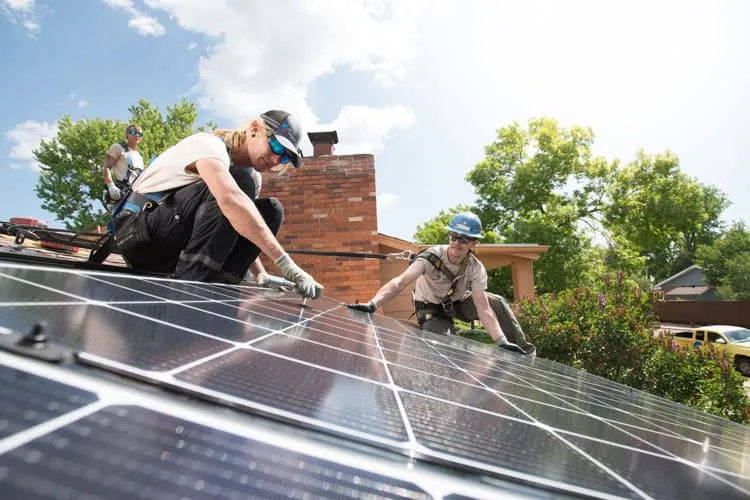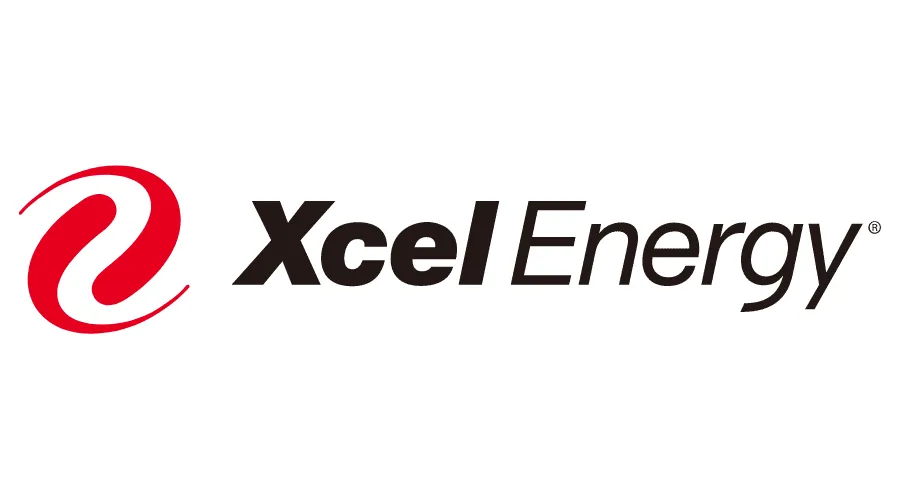Energy subsidies to phase out

Renewable energy companies in Colorado are preparing themselves for the gradual phase-out of federal renewable energy tax credits beginning at the end of 2019.
Currently, home owners receive a 30 percent tax credit if they install fuel cells, small wind turbines, geothermal heat pumps or solar energy systems in their homes, but those credits expire in 2021, after a gradual step down of incentives. On Dec. 31, 2019, the credit drops to 26 percent, and on Dec. 31, 2020, it drops to 22 percent for systems installed before Jan. 1, 2022.
“The good news is…
THIS ARTICLE IS FOR SUBSCRIBERS ONLY
Continue reading for less than $3 per week!
Get a month of award-winning local business news, trends and insights
Access award-winning content today!




